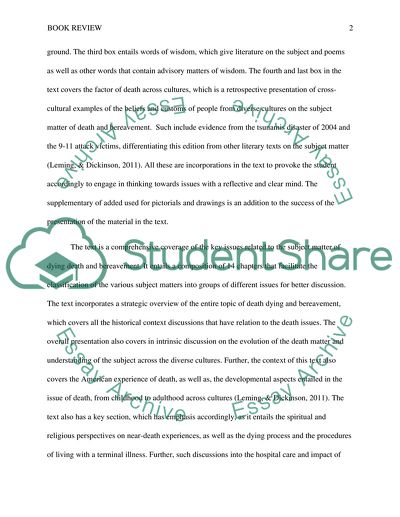Cite this document
(“Understanding, Dying, Death and Bereavement Book Report/Review”, n.d.)
Understanding, Dying, Death and Bereavement Book Report/Review. Retrieved from https://studentshare.org/psychology/1867529-mat-book-review-understanding-dying-death-and-bereavement
Understanding, Dying, Death and Bereavement Book Report/Review. Retrieved from https://studentshare.org/psychology/1867529-mat-book-review-understanding-dying-death-and-bereavement
(Understanding, Dying, Death and Bereavement Book Report/Review)
Understanding, Dying, Death and Bereavement Book Report/Review. https://studentshare.org/psychology/1867529-mat-book-review-understanding-dying-death-and-bereavement.
Understanding, Dying, Death and Bereavement Book Report/Review. https://studentshare.org/psychology/1867529-mat-book-review-understanding-dying-death-and-bereavement.
“Understanding, Dying, Death and Bereavement Book Report/Review”, n.d. https://studentshare.org/psychology/1867529-mat-book-review-understanding-dying-death-and-bereavement.


